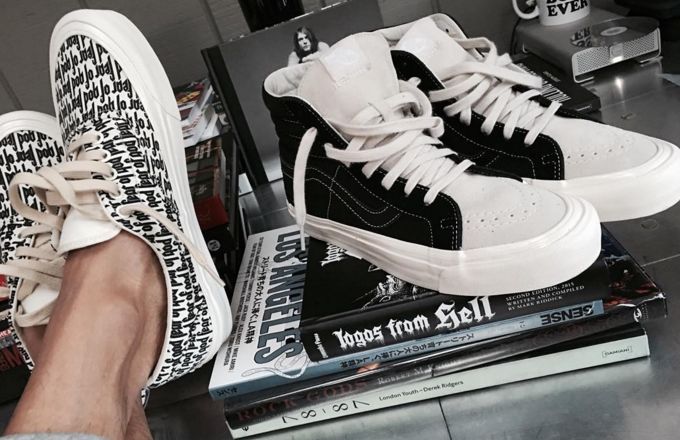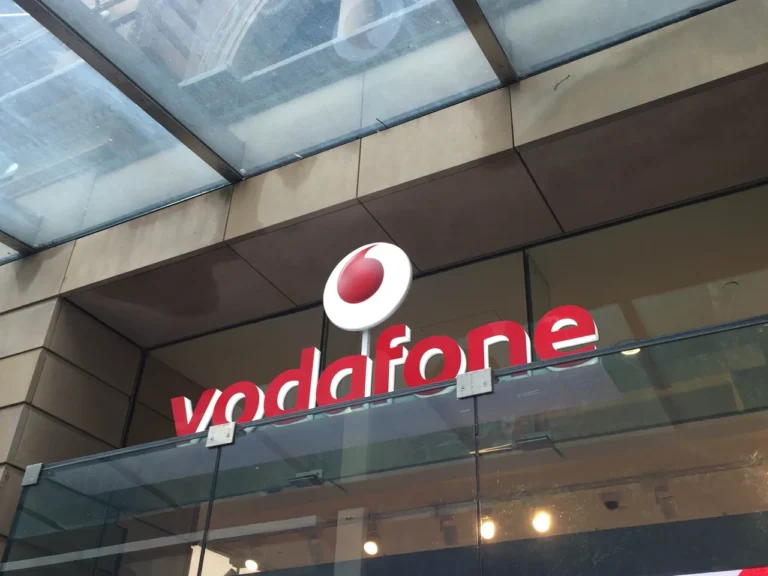Introduction to Fear of God and Off-White
Fashion is more than just clothing; it’s a cultural phenomenon that reflects societal shifts and personal identities. Two brands that have taken the industry by storm are Fear of God and Off-White. Both offer unique perspectives on style, yet they approach design with distinct philosophies. From their innovative aesthetics to their powerful cultural impacts, these labels have carved out significant spaces in contemporary fashion.
Fear of God Essentials has become synonymous with luxury streetwear, providing consumers with elevated basics like hoodies crafted from premium materials. Meanwhile, Off-White disrupts traditional norms through its bold graphics and thought-provoking designs. As we dive deeper into the world of these two iconic brands, we’ll uncover what sets them apart while highlighting their remarkable influence on today’s fashion landscape. Whether you’re searching for “Fear of God stores near me” or waiting for the “Fear of God Essentials sale 2025,” understanding these two giants can enhance your appreciation for modern style choices. Let’s explore how each brand shapes culture through its design philosophy and marketing strategies.
The Cultural Impact of Fear of God and Off-White
Fear of God and Off-White have reshaped the fashion landscape, driving cultural conversations beyond mere clothing. Fear of God Essentials has become synonymous with luxury streetwear, appealing to a generation seeking both comfort and prestige. Its minimalist designs make an understated statement that resonates widely.
On the other hand, Off-White thrives on bold graphics and ironic messaging. Virgil Abloh’s vision pushed boundaries, merging art with fashion in a way that invites dialogue. The brand’s iconic quotation marks challenge traditional norms, making consumers rethink what they wear.
Both labels boast strong followings among youth culture and influencers alike. Their ability to tap into social movements elevates their relevance in today’s society. As these brands evolve, so too does their impact—paving pathways for future designers inspired by this blend of innovation and identity.
Design Philosophy: Aesthetics and Inspirations
Fear of God and Off-White both showcase distinct design philosophies that resonate deeply with their audiences.
Fear of God leans into minimalism, with an emphasis on elevated basics. The silhouettes are often oversized, embodying comfort while maintaining a sense of luxury. Jerry Lorenzo draws inspiration from his own experiences, blending streetwear influences with high fashion elements to create timeless pieces like the Fear of God hoodie.
Off-White, on the other hand, thrives in contrast. Virgil Abloh’s designs are bold and graphic-driven. He merges street culture with art and societal commentary through striking visuals and innovative textiles. The signature diagonal stripes and quotation marks make each piece instantly recognizable.
Both brands challenge traditional fashion norms in unique ways while pushing boundaries within contemporary style. Their aesthetics reflect not just personal visions but also broader cultural dialogues that engage consumers at different levels.
Collaborations and Celebrity Endorsements
Collaborations and celebrity endorsements play a crucial role in elevating both Fear of God and Off-White within the fashion industry. Each brand has successfully partnered with high-profile figures that resonate deeply with their target audience.
Fear of God, known for its understated luxury, frequently collaborates with artists like Justin Bieber and A$AP Rocky. These partnerships enhance its streetwear appeal while solidifying its status as a cultural staple. The Fear of God hoodie, for example, is often spotted on celebrities, amplifying its desirability among fans.
On the other hand, Off-White thrives on bold collaborations that challenge traditional aesthetics. Virgil Abloh’s strategic alliances with brands like Nike have resulted in unique collections that captivate sneaker enthusiasts. High-profile endorsements from stars such as Bella Hadid further amplify this allure.
Both brands navigate celebrity culture expertly to create buzz and demand around their products. This strategy not only boosts visibility but also fosters an aspirational lifestyle connected to each label’s essence.
Target Audience and Marketing Strategies
Fear of God and Off-White cater to distinct yet overlapping audiences, each shaped by their unique narratives.
Fear of God attracts fashion-forward individuals who appreciate luxury streetwear. The brand’s minimalist aesthetic appeals to those seeking understated elegance. Marketing strategies often leverage exclusivity with limited releases and high-profile collaborations.
Off-White, on the other hand, entices a younger crowd drawn to bold statements and vibrant designs. Its use of irony and cultural commentary resonates deeply within urban settings. Collaborations with global brands amplify its reach across diverse demographics.
Both brands utilize social media effectively. Fear of God engages influencers who embody a sophisticated lifestyle while Off-White taps into the energy of street culture through viral content.
Promotions for upcoming collections or sales events create buzz that captivates consumers eager for the next trend. This strategic approach not only enhances visibility but also fosters community around each label’s identity.
Business Success and Future Plans
Fear of God has solidified its presence in the luxury streetwear market, achieving remarkable success since its inception. The brand’s ability to merge high fashion with casual aesthetics has captured the attention of both celebrities and everyday consumers. Its Essentials line offers accessible comfort without sacrificing style.
Off-White, on the other hand, has carved out a unique niche by infusing irony and social commentary into its designs. This innovative approach resonates deeply with younger audiences who seek more than just clothing; they crave a statement.
Looking ahead, both brands are poised for growth. Fear of God appears set to expand retail locations while introducing limited-edition collections that stir excitement among fans. Meanwhile, Off-White continues to explore collaborations across various sectors, ensuring it remains at the forefront of cultural dialogues through fashion.
Their future plans not only reflect their respective identities but also respond dynamically to evolving consumer demands.
Comparison of Fear of God and Off-White in the Fashion World
Fear of God and Off-White stand as two distinct pillars in contemporary fashion, each representing a unique vision. Fear of God focuses on luxury streetwear, blending high-end materials with relaxed silhouettes. Their Essentials line has made waves for its understated yet elevated aesthetic.
In contrast, Off-White thrives on bold statements and irony. Virgil Abloh’s designs challenge conventional norms through graphic prints and industrial motifs. The use of quotation marks adds layers to the narrative around products that often pushes boundaries.
While both brands cater to a similar audience seeking exclusivity, their identities diverge significantly. Fear of God emphasizes subtlety and craftsmanship while Off-White embraces loud expressions and cultural commentary. This difference illustrates diverse approaches within the same realm—one grounded in timelessness; the other rooted in modernity’s chaos.
The interplay between these labels showcases how varied interpretations of culture can shape fashion’s evolving landscape.
The Power of Cultural Impact and Design Philosophy in Fashion
Fashion is not just about clothing; it embodies culture, identity, and expression. Both Fear of God and Off-White have harnessed the power of cultural impact through their unique design philosophies. They challenge conventional norms and redefine what luxury means in today’s society.
Fear of God Essentials stands out for its minimalist approach, offering versatility without compromising style. The brand embraces a more understated aesthetic that resonates with those seeking sophistication in simplicity. On the other hand, Off-White thrives on bold statements and streetwear influences, making it a favorite among younger audiences looking to express individuality.
As these brands continue to evolve, their ability to connect with diverse demographics remains crucial. Collaborations with celebrities amplify their visibility while targeted marketing strategies ensure they stay relevant within an ever-changing landscape.
The future holds immense potential for both labels as they navigate new trends and consumer preferences. Whether you’re searching for “Fear of God stores near me” or hunting down a “Fear of God hoodie,” it’s clear that these brands will remain pivotal players in shaping fashion’s trajectory.
Their influence extends far beyond clothing; it’s about creating communities centered around shared values and aesthetics. Affordable Fear of God alternatives emerge as consumers seek ways to embrace this philosophy without breaking the bank—a testament to how deeply ingrained these styles are in modern culture.
In understanding the power behind cultural impact and design philosophy, we appreciate why Fear of God and Off-White resonate so profoundly within our wardrobes—and our lives—today.




















